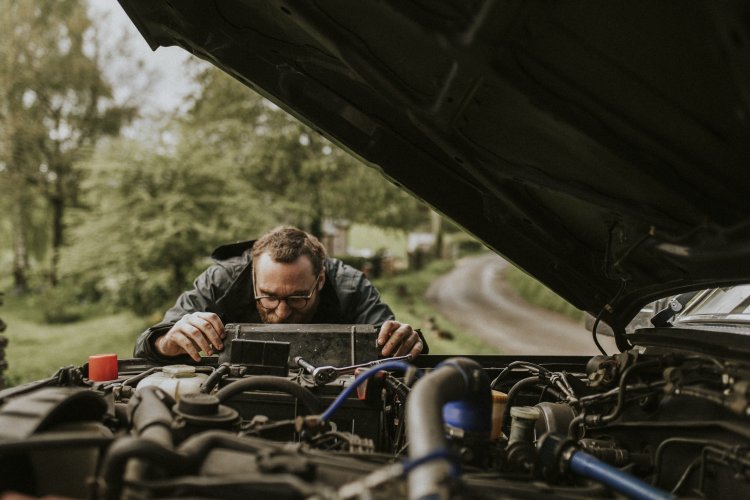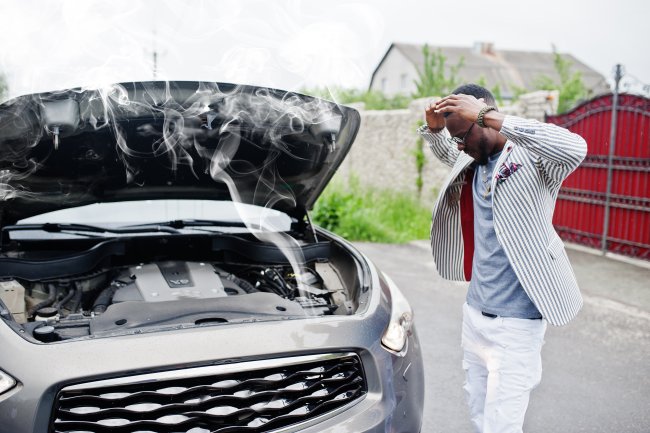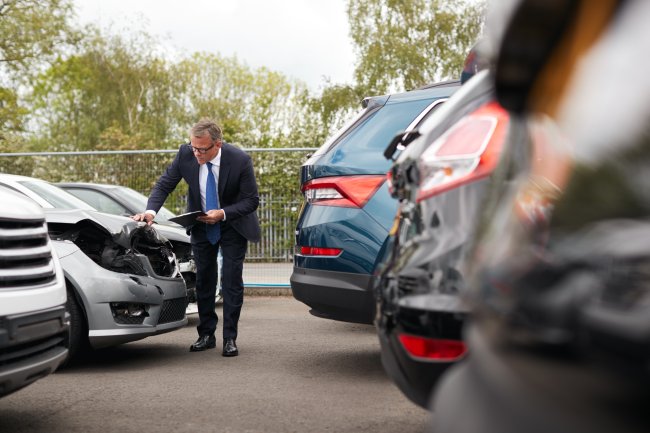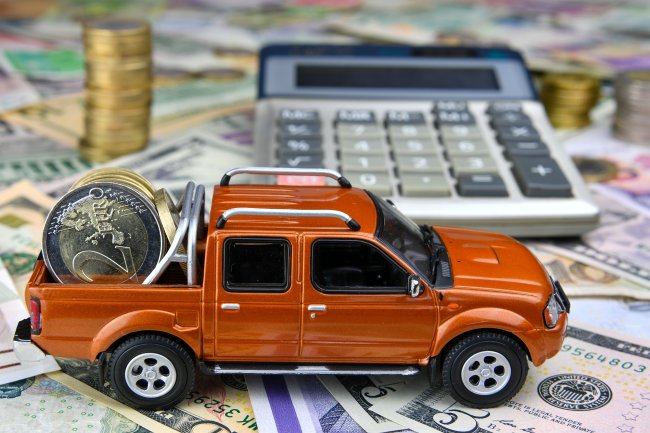Salvage Car Restoration Tips: Revive with Success
Reviving salvage cars can be a rewarding experience, but it's important to follow essential tips to ensure a successful restoration project. From having enough space to documenting everything, read on to discover our top tips for restoring a salvage car.
Looking to turn a salvage car into a beautiful road-worthy vehicle? Restoring a salvage car can be a rewarding process, but it’s important to be prepared. Here are our top tips for restoring a salvage car:
- Make sure you have enough space for the job. You’ll need at least two empty parking spaces in a garage to house the vehicle and all its dismantled parts.
- Document everything. You’ll need before and after photos, identification numbers of the vehicles you used replacement parts from, and receipts from any mechanics that worked on your vehicle to improve your chances of passing the state inspection.
- Get the vehicle inspected and apply for a rebranded title. A state inspection is required to legally drive the vehicle on the road and ensure it’s safe to drive.
MORE: Broken to Beautiful: Discovering the Benefits of Salvage Cars
Make Sure You Have Enough Space
Restoring a salvage car can be a messy and time-consuming process, so before you get started, it’s important to make sure you have enough space to work in. You’ll need a garage or workshop with enough room to house the vehicle and all its parts while you work on it. Ideally, you’ll want enough space to park two cars side by side, so that you can have one car on either side of the salvage car.
If you don’t have enough space at home, consider renting a garage or workshop for the duration of your project. You’ll want to have a clean and well-lit workspace with plenty of ventilation and access to power tools.
Document Everything
One of the most important steps in restoring a salvage car is keeping track of everything you do. This means taking photos before, during, and after the restoration process, as well as keeping a detailed record of all the parts you use and any repairs you make. This documentation will be crucial when it comes time to apply for a rebranded title, as you’ll need to prove that the car has been restored to a roadworthy condition.
In addition to documenting your progress, it’s also a good idea to keep track of all the money you spend on the restoration. This will help you stay on budget and avoid overspending on parts or tools you don’t really need.
MORE: Reviving Salvage Cars: Essential Tips for a Successful Restoration Project
Get the Car Inspected
Once you’ve completed the restoration, you’ll need to get the car inspected by a licensed mechanic or a state inspection facility. This is to ensure that the car is safe to drive and roadworthy. The inspection will cover things like the brakes, steering, suspension, and emissions, as well as any other safety features required by your state.
If your car passes the inspection, you’ll need to apply for a rebranded title. This is a process that varies from state to state but typically involves submitting an application and proof of inspection to the DMV or other state agency. Once you have your rebranded title, you’ll be able to register and insure the car just like any other vehicle.
MORE: How to Obtain a Rebuilt Title for a Salvage Vehicle in New York
Shop for Salvage Cars at BidGoDrive
If you’re ready to take on a salvage car restoration project, BidGoDrive is the place to start. As one of the biggest salvage car dealers on the northeast, we offer a wide selection of damaged and salvaged vehicles that are perfect for restoration projects. Our cars can be shipped to all major US-based ports, so no matter where you are, you can find the perfect car to suit your needs. Browse our collection today and get started on your next project!
MORE: Affordable Salvage Cars, Trucks, SUVs, and PickUps For Sale















